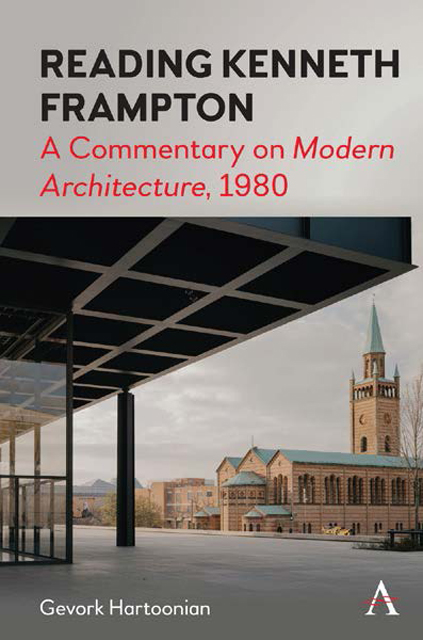6 - Aalto Contra Mies: A Conundrum?
Published online by Cambridge University Press: 09 December 2022
Summary
Overture
Following the genealogical investigation of architects mapped in the previous two chapters, and, more specifically, Mies van der Rohe's work, several questions related to the Finnish architect Alvar Aalto are raised in this chapter. For example, what is the genealogical index of his architecture? How does it amount to the “humanism” Kenneth Frampton has frequently attributed to Aalto? Furthermore, this also concerns the “humanism” that the organizers of the 2018 Venice Biennale associated with Frampton's vision of architecture. Whether Aalto's take on Humanism intersects with Frampton's is a subject that will be addressed later in this chapter. However, what concerns us in the first place is the possibility of reconstructing Aalto's later work in analogy to Frampton's reconstruction of late Mies in terms of the “monumentalization of technique,” and of Le Corbusier in terms of “monumentalization of vernacular,” discussed in Chapter 5 of this volume. Still, if we can contextualize Mies's late work after he migrated to America and Le Corbusier's after failing to establish the linguistics of civic architecture in modernity, how should we contextualize Aalto's architecture? This inquiry will shed light on the problematic notion of “humanization,” and the subject concerning Aalto's work as discussed in the following pages.
The postwar situation opened a vista for rethinking and challenging many modernist assumptions formulated during the late 1920s. However, this general observation should be indexed regarding the particularities of Aalto's work. For one, he subscribed to the idea of the “organic” that was also dear to Frank L. Wright. This line of theorization was dismissed by those involved in the institutionalization of International Style architecture (ca. the 1930s). However, after the war, Bruno Zevi took the idea to a different level. Aalto also gave ample attention to the notion of regionalism, another vital theme for immediately postwar architecture in the aftermath of Le Corbusier's early villas and his work in India. Regarding Le Corbusier's “monumentalization of vernacular,” it is helpful to differentiate the historicity of regionalism from that of vernacular. During the 1950s, emerging capitalism in America exported consumer and cultural goods and construction techniques, especially those instrumental for disseminating the modern language of architecture, to most countries then tagged as “Third World.”
- Type
- Chapter
- Information
- Reading Kenneth FramptonA Commentary on 'Modern Architecture', 1980, pp. 139 - 162Publisher: Anthem PressPrint publication year: 2022



